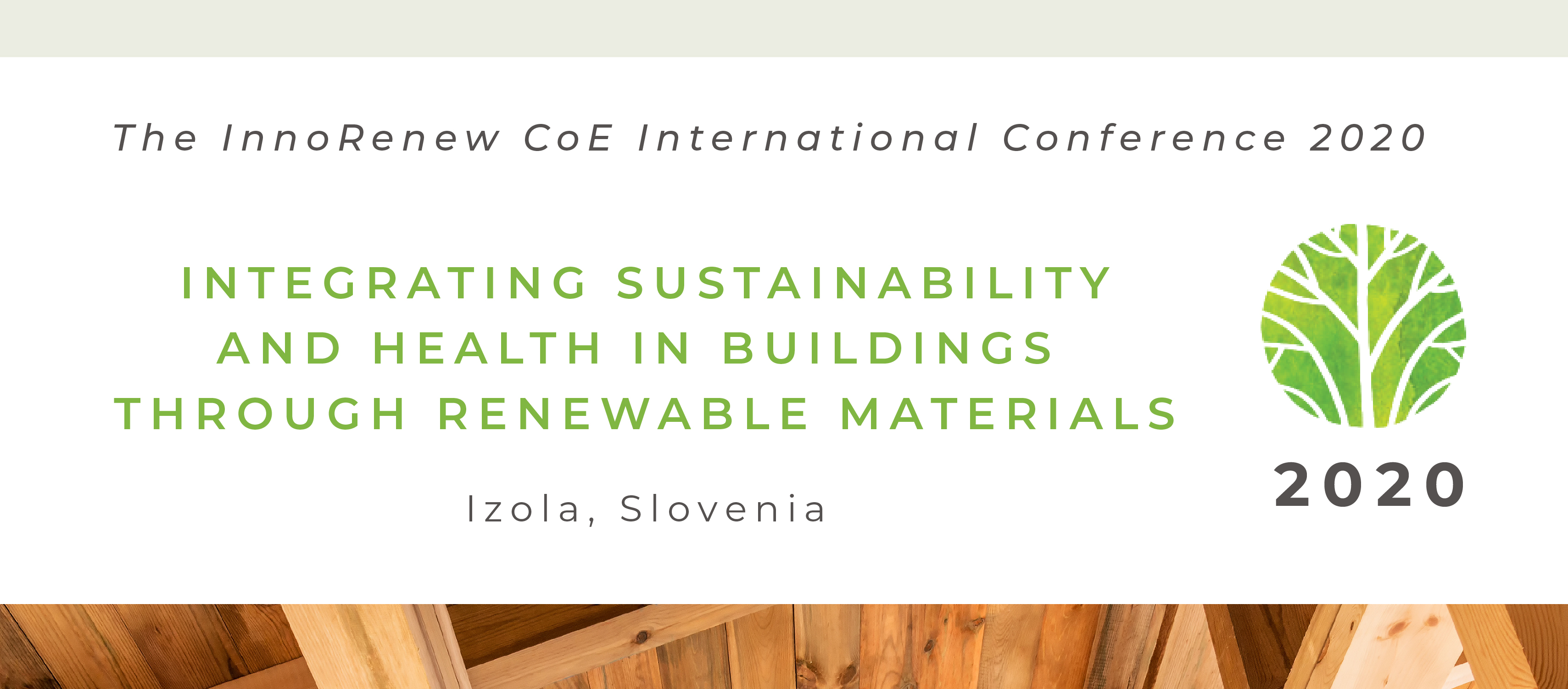Speaker
Description
Cellulose is one of the major abundant biopolymers on earth, roughly half of all plants constitute of it. It is composed of linearly dispersed glucose polymers that are strongly bonded through hydrogen bonds. Two distinct phases of cellulose can be seen in a typical wood, namely crystalline and amorphous region. The ratio of crystalline and amorphous region controls the typical properties such as rigidity and flexibility of the cellulose fibers. The mechanical properties of the cellulose depend on the amount of crystallinity and organization of both phases. Moreover, combined crystalline and amorphous have not been analyzed in detail and no systematic study exists on the investigation of paracrystalline phase formation under constant load conditions. The investigation of paracrystalline’s structural morphology, hydrogen bond information and mechanical properties are thus necessary for understanding microfibril at molecular level. To address these issues, we employ molecular dynamics simulations to study of the formation of paracrystalline states under constant load. GROMACS was used for all MD simulations with GROMOS 53a6 force field. The system is composed of a mixture of crystalline cellulose plates and amorphous cellulose. Each crystalline cellulose plate comprised of 30 glucose chains, with each chain containing 18 glucose units and each amorphous contains 4 glucose chains with 518 units. The amorphous region is confined between two plates. The upper crystalline plate is fixed, and the bottom plate is loading with different forces, for instance, 1000, 3000, 5000, 7000 kJ mol-1 nm-2. The radial distribution function (RDF) demonstrates that the obtained long range ordering for paracrystalline lies between that of corresponding amorphous and crystalline peaks (Kulasinski et al., 2014). The RDF peak intensity increases at increasing load. Therefore, paracrystalline state is predominant and also inevitable at the crystal and amorphous interphase.
Keywords: molecular dynamics, cellulose, paracrystalline state, constant load, amorphous
Acknowledgements: The authors gratefully acknowledge the European Commission for funding the InnoRenew CoE project (Grant Agreement #739574) under the H2020 Widespread-Teaming programme and the Republic of Slovenia for funds from the European Regional Development Fund.
REFERENCES
Kulasinski, K., Keten, S., Churakov, S.V., Derome, D., Carmeliet J., 2014. A comparative mo-lecular dynamics study of crystalline, paracrystalline and amorphous states of cellulose. Cellulose. 21(3), 1103-16. https://link.springer.com/article/10.1007/s10570-014-0213-7
| Consider my submission for a full-paper in the IPBE special edition for the conference? | No, thanks. |
|---|

